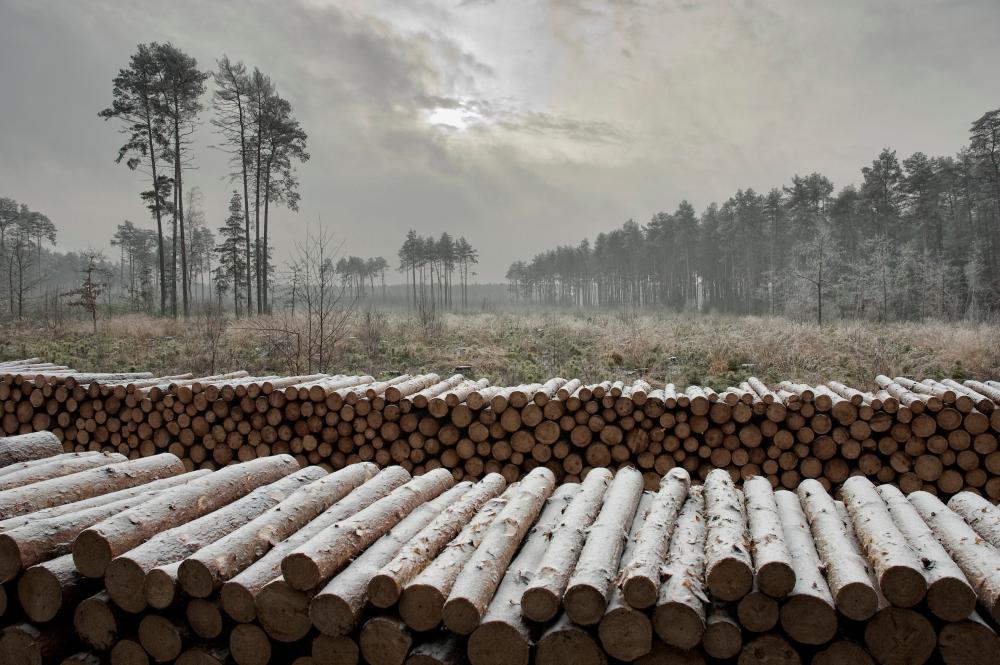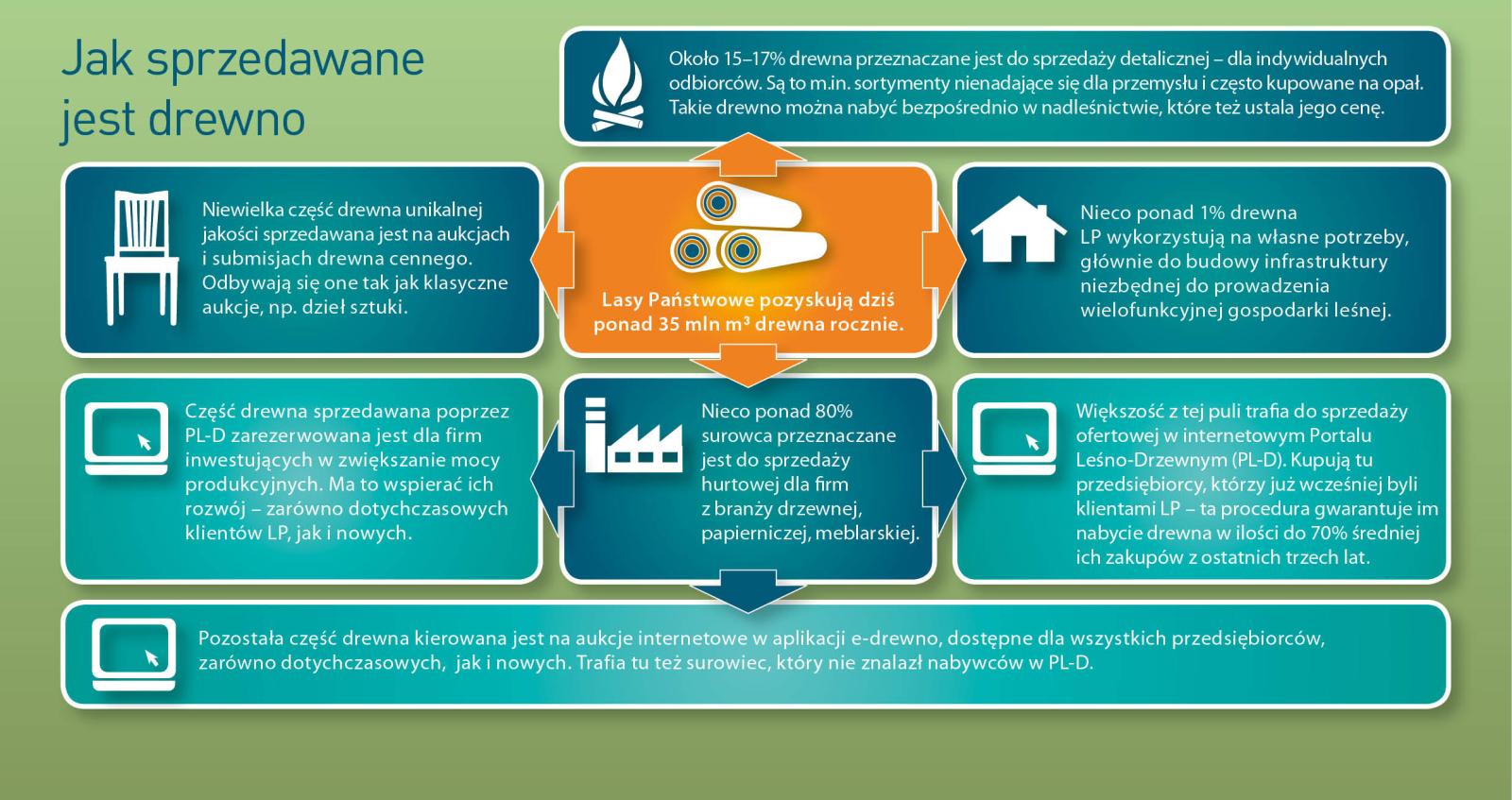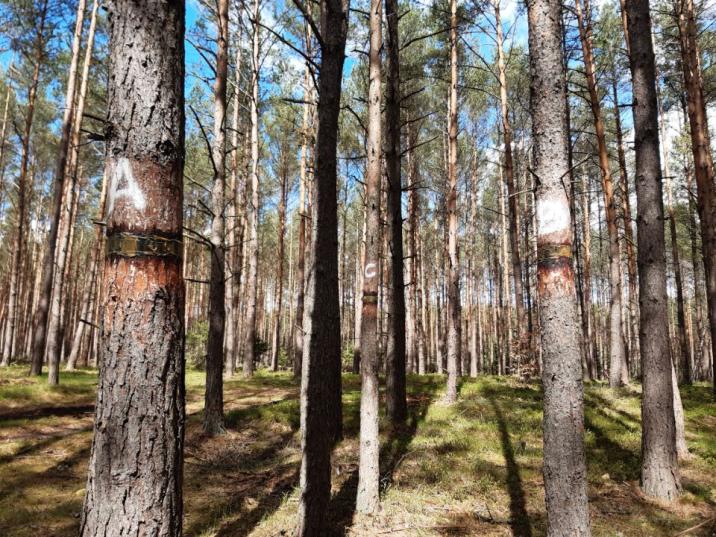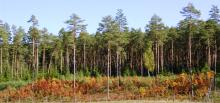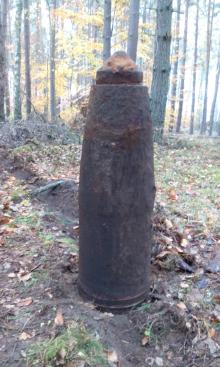 Asset Publisher
Asset Publisher
Sale conditions
Sale conditions of wood are specified by the regulation of Director – General of the Sate Forests.
Within the framework of the individual sale , the foresters try to meet the fast growing demand, because more and more people use wood in order to heat their houses. Contrary to general opinion, these are not only village people, even though they prevail among recipients. The growth of firewood demand is the result of occurrence of new housing estates built in the suburbs of large agglomerations, where houses are usually equipped in fireplace heating installations.
Firewood is not only the most ecological heat source, but also is much more attractive in respect of relation of price and electric efficiency, rather than cola, oil, gas or electric power.
In recent years, the Sate Forests increased the sale of firewood of one third – up to over 4 million cubic meters annually. Firewood is not only the most ecological heat source, but also is much more attractive in respect of relation of price and electric efficiency, rather than cola, oil, gas or electric power. Some of customers choose already prepared and cut into pieces wood, the others very willingly obtain it by themselves after arranging all details and fulfilling particular safety conditions, and after paying the fee; that concerns mainly so called "thinnings". Such a raw material is very cheap, that is why many people from village areas profit from such possibility.
 Asset Publisher
Asset Publisher
BRUDNICA MNISZKA – OPASKI LEPOWE
BRUDNICA MNISZKA – OPASKI LEPOWE
W połowie kwietnia w niektórych oddziałach leśnych na ternie nadleśnictwa wyznaczone zostały grupy drzew lepowych.
Grupa drzew lepowych to 3 drzewa (A, B, C), na których na wysokości około 2 metrów, zakłada się opaski lepowe lub smaruje się warstwę lepu o szerokości około 10 cm. Takie opaski pełnią funkcję przeszkody dla wspinających się w korony drzew gąsienic brudnicy mniszki.
Drzewa lepowe kontrolowane są przez leśniczych oraz podleśniczych i na podstawie danych ilościowych gąsienic „pod lepem” przekazanych do nadleśnictwa określa się zagrożenie dla drzewostanów, których igły stanowią smakowity kąsek dla gąsienic.
Kolejny etap monitoringu zagrożenia odbędzie się w sezonie letnim. Wówczas obserwowany będzie lot motyli brudnicy mniszki.


